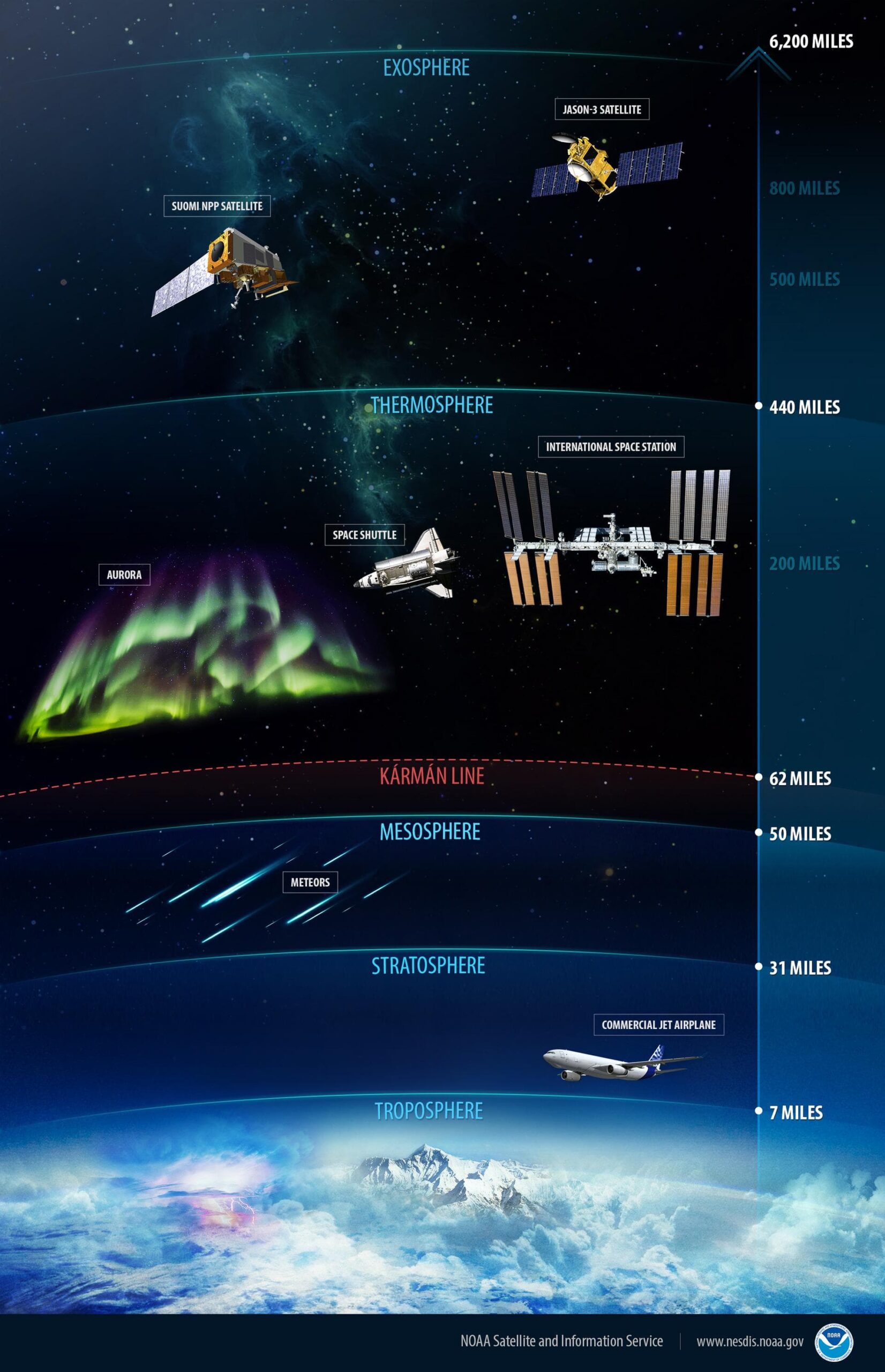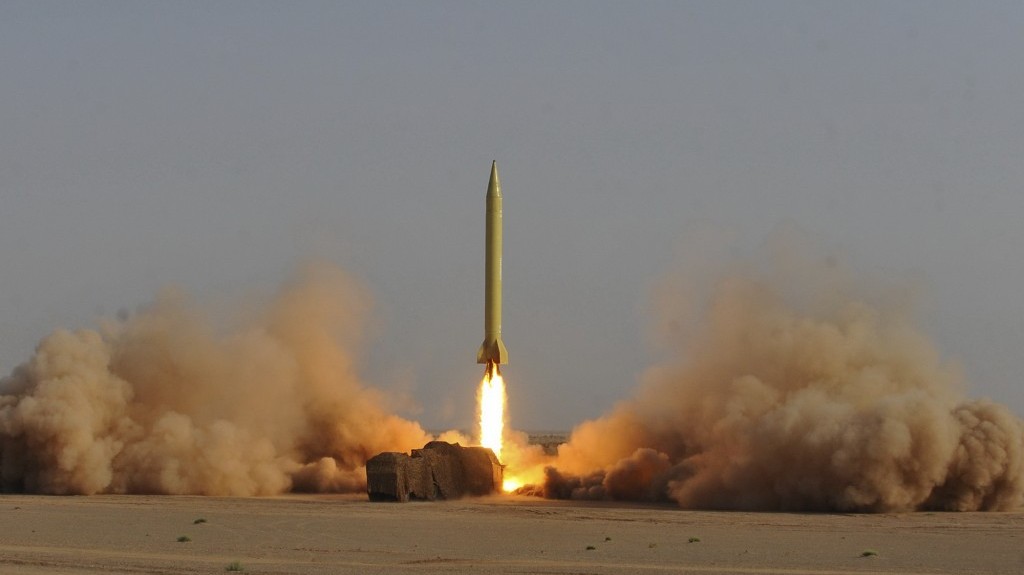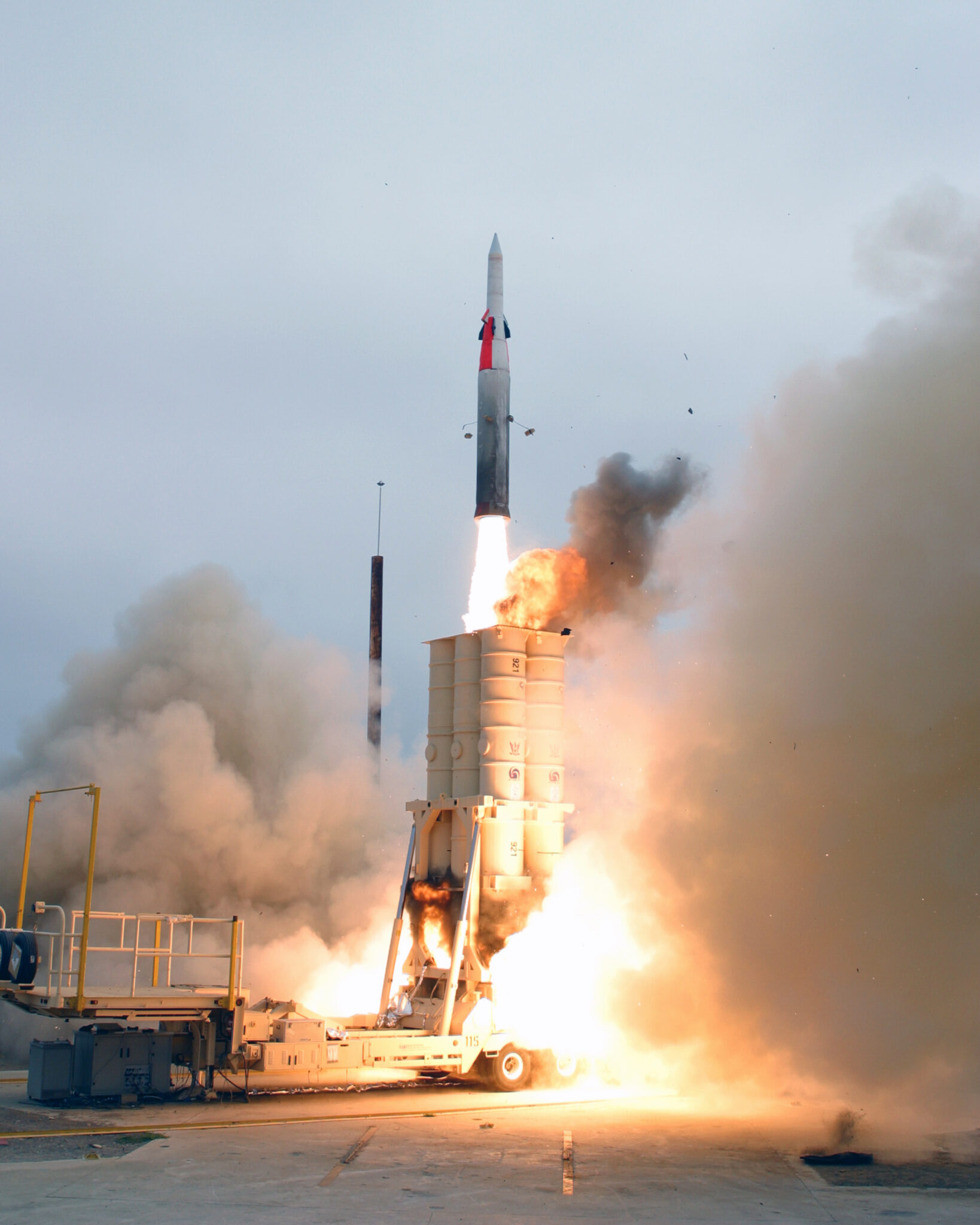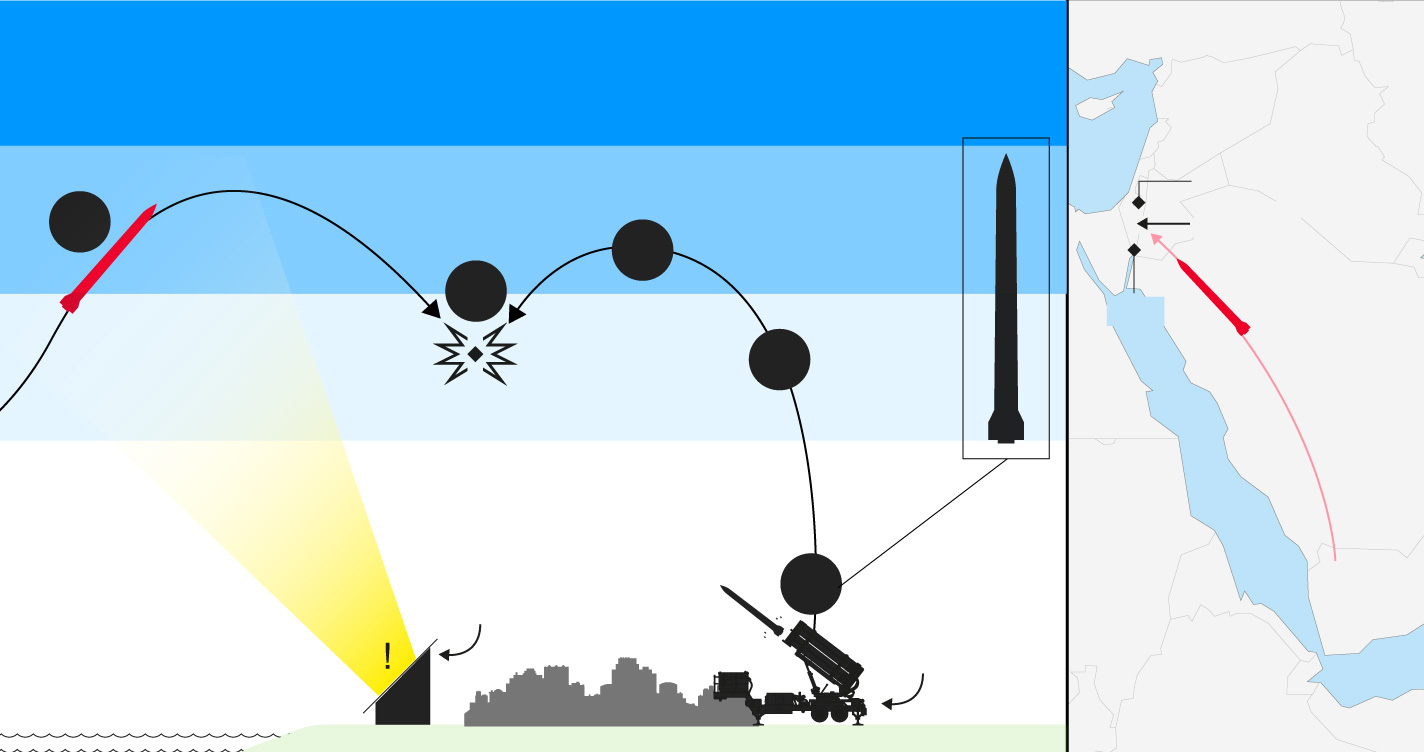On October 30, the first ever space battle took place. At least that’s how it was described in a publication by The Telegraph, which was widely quoted by various media. But did we really witness the first battle in space? Let’s find out.
Interception of an Iranian missile
So, what happened that day? The Houthi group launched an Iranian Shahab-3 ballistic missile from Yemen. Its target was obviously the Israeli city of Eilat. But the missile never reached its goal. It flew almost 1,600 kilometers over the Arabian Peninsula before being intercepted by an Arrow 2 missile fired by Israel’s missile defense system.
The Israeli Air Force released footage of an Arrow 2 anti ballistic missile intercepting a Houthi MRBM launched from Yemen. pic.twitter.com/giAxeVhfyV
— OSINTtechnical (@Osinttechnical) November 2, 2023
A few days later, the IDF confirmed the interception by publishing the relevant footage. However, the Israeli military did not provide any further details about the incident, including the altitude at which the missile was hit. But it is the crucial parameter to determine if the battle can be considered a space one.
Altitude matters
The Telegraph article claims that the Iranian missile was intercepted outside the Earth’s atmosphere. But this statement is at least incorrect. The fact is that, from a physical point of view, the Earth’s atmosphere does not end “all at once.” It is divided into a number of layers, each of which has certain properties. Above the troposphere, where the bulk of the air is concentrated, there is the stratosphere, followed by the mesosphere, thermosphere, and exosphere. The boundary of the thermosphere is at an altitude of about 800 km, and the exosphere is 10 thousand km.

Of course, from the point of view of an average person, the conditions at these altitudes are not much different from a vacuum. But no matter how low the pressure is, the upper layers of the Earth’s atmosphere still affect space technology. The ISS, which orbits at 400 kilometers, has to regularly turn on its engines to maintain its altitude. If it stops doing so, then in about a year its height will decrease so much that the station will enter the dense layers of the atmosphere and collapse.
At the same time, although traces of the Earth’s atmosphere are still present at the height of the ISS, no one, of course, calls its crew balloonists. From a practical point of view, space begins where the atmosphere is already so thin that a spacecraft can make at least one complete revolution around the Earth. This is approximately 150 kilometers.
From a legal point of view, things are even more complicated. The fact is that international law does not have any universally recognized definition of what exactly is considered the boundary of space. Quite often, the so-called Karman line is considered as such, and it runs at an altitude of 100 km. It is used by the International Aviation Federation and many space agencies. At the same time, there are other classification options.
The first space battle?
All this brings us back to the question of whether the interception of the Iranian missile can be considered the first space battle. To do this, let’s look at the technical characteristics of its participants.

“The Shahab-3 is a liquid-propellant ballistic missile with a separable warhead. Its length is 16.5 meters, its weight exceeds 17 tons, and it carries a 1,200-kilogram warhead. The missile has several modifications. The one that was fired at Israel probably has a range of up to 2000-2500 km. The height of its apogee is 400 km, which is comparable to the orbit of the ISS. So, despite all the difficulties in defining the boundaries of outer space, we can safely say that the rocket was in space for some part of its flight.

But the fact that Shahab-3 has visited outer space does not mean that it was intercepted up there. Let’s look at the characteristics of the Israeli anti-missile. Arrow 2 is 6.95 meters long and weighs 1300 kg. It can reach a speed of up to 2.5 km/s. The missile is equipped with a radar and infrared guidance system and hits targets by detonating a warhead at a distance of 40-50 meters from it.
It is worth noting that Arrow 2 was specially designed to intercept targets at high altitudes outside the stratosphere. Thus, if an enemy missile carries a weapon of mass destruction, its debris will fall outside Israeli territory.

But despite this circumstance, it is likely that the Shahab-3 was not intercepted in space. For obvious reasons, Israel does not disclose the exact technical characteristics of the Arrow 2. However, according to available data, the maximum altitude at which it can shoot down enemy warheads is 50 km. This is a very impressive figure, but not enough to talk about the possibility of space interception.
The fact that the Iranian missile was not shot down at space altitudes is also indicated by the fact that local residents heard the sound of an explosion. This would hardly have happened if the interception had taken place at an altitude of 100 kilometers.

But although the Shahab-3 interception was not the first space battle, we cannot rule out the possibility that we will witness such an event in the future. The uncontrolled distribution of missile technology by terrorist regimes, as well as the active militarization of space, gradually increase the chances of turning near-Earth space into a battlefield. Therefore, all strategic decision makers should be prepared for such a scenario.
